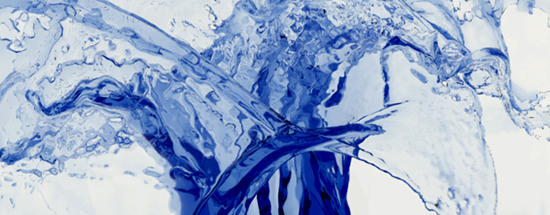Baroclinic Turbulence with Varying Density and Temperature from Doyub Kim on Vimeo.
Doyub Kim1, Seung Woo Lee2, Oh-young Song3, and Hyeong-Seok Ko4
1Carnegie Mellon University
2Youngwoo CNI
3Sejong University
4Seoul National University
IEEE Transactions on Visualization and Computer Graphics, Sept. 2012 (Vol. 18, No. 9) pp. 1488-1495.
The explosive or volcanic scenes in motion pictures involve complex turbulent flow as its temperature and density vary in space. To simulate this turbulent flow of an inhomogeneous fluid, we propose a simple and efficient framework. Instead of explicitly computing the complex motion of this fluid dynamical instability, we first approximate the average motion of the fluid. Then, the high-resolution dynamics is computed using our new extended version of the vortex particle method with baroclinity. This baroclinity term makes turbulent effects by generating new vortex particles according to temperature/density distributions. Using our method, we efficiently simulated a complex scene with varying density and temperature.
















